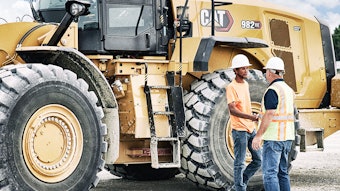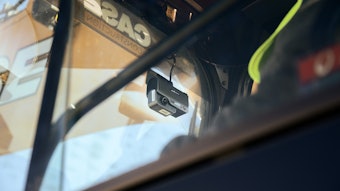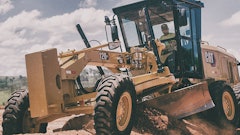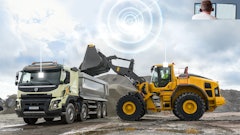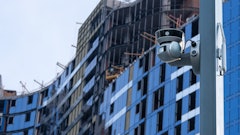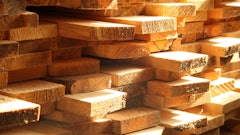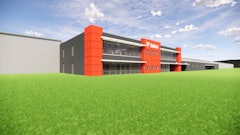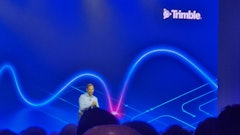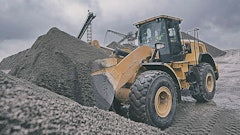
Construction is one of the least automated industries around. But augmented reality might begin to change that.
When Gilbane Building Co. Senior Manager John Myers recently inspected the mockup of a $70-million, 120,000-sq.-ft. school project through Microsoft HoloLens augmented-reality glasses, he could see that steel frames the company would order to support the building’s walls were too long for the design.
Having spotted the issue early, Gilbane can ask the supplier to cut the frames shorter in the fabrication shop rather than make the fix on site. Myers estimates that the move will save Gilbane about $5,000. The HoloLens Gilbane received in June cost $3,000.
Trimble, which sells the popular 3-D modeling software SketchUp, has a HoloLens app that lets people make notes directly on 3-D images. Users can mark problem areas on SketchUp building models with icons and record short audio clips explaining why they highlighted spots.
“We’re going to want to see HoloLens improve [as a construction aid],” says Gilbane Vice President Sue Klawans. “But it’s a leap over what we were doing before. It’s not just a new toy.”


![[Video] University of Cambridge and Industry Partners Explore Mixed Reality for Infrastructure](https://img.forconstructionpros.com/files/base/acbm/fcp/image/2017/03/default.58ca978bc1835.png?auto=format%2Ccompress&fit=crop&h=75&q=70&w=75)

